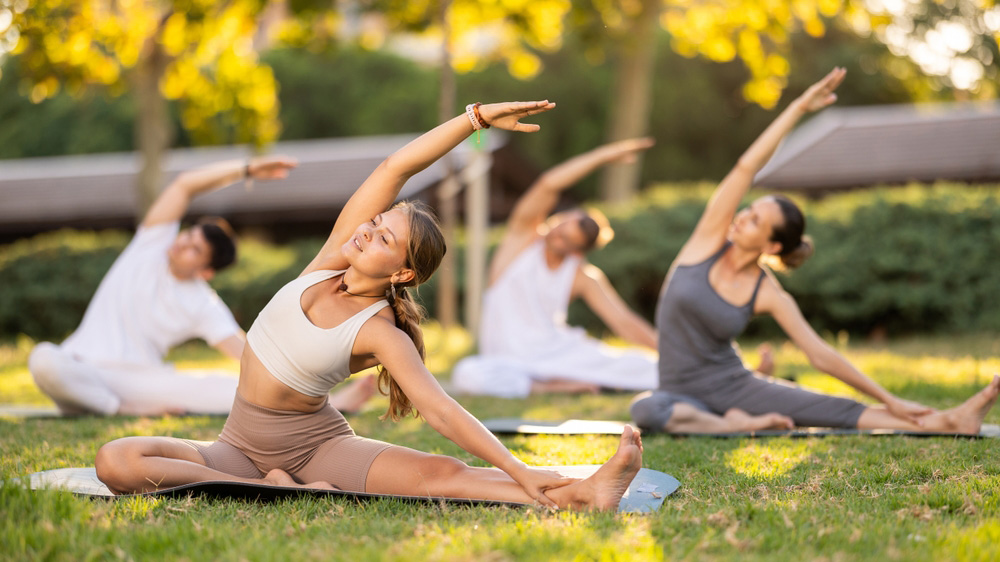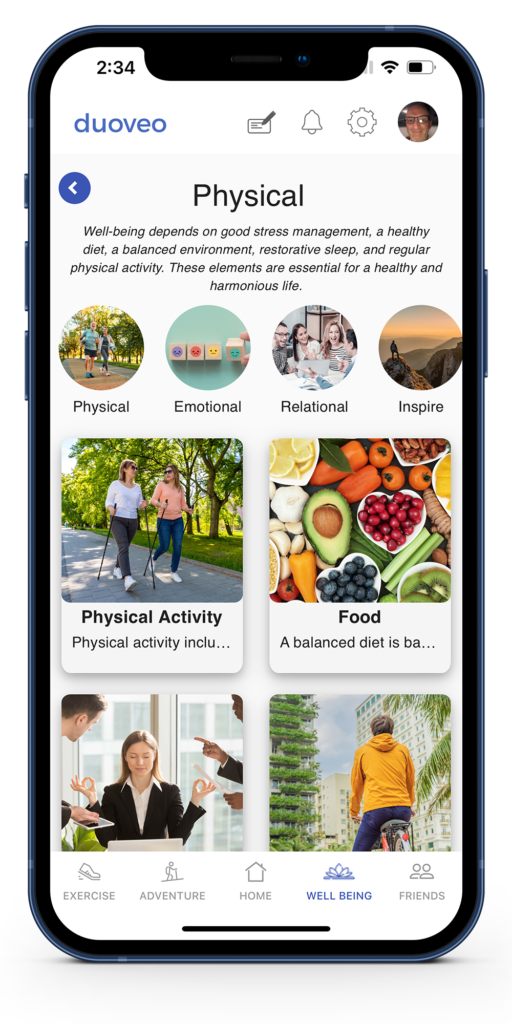Yoga and Flexibility: Unlocking a Free-Flowing Body
Flexibility! Who doesn’t dream of a body that moves effortlessly, with fluid joints and an aligned, harmonious form? Contrary to popular belief, achieving greater flexibility doesn’t mean bending like a gymnast. Yoga provides a gentle, gradual approach to increasing flexibility. Each pose, no matter how simple, works subtly to stretch muscles and connective tissues, restoring both mobility and tone.
Poses such as Downward Dog (Adho Mukha Svanasana) and Pigeon Pose (Eka Pada Rajakapotasana) are particularly effective for elongating leg and back muscles. With consistent practice, your muscles gradually relax and lengthen, allowing for more range of motion without pain or tension. As your flexibility improves, you’re also less likely to suffer from injuries. A more flexible body distributes strain more evenly, reducing the likelihood of muscle tears from sudden movements.
Yoga caters to everyone—from seasoned athletes to those seeking a way to ease physical discomfort. As your body becomes more supple, your posture improves, making daily activities more comfortable. Whether standing or moving, you’ll feel a newfound ease and fluidity, and even a touch of grace.
Physical and Mental Balance: Yoga as a Harmonizer
Yoga doesn’t just make you more flexible—it highlights the importance of balance. And this isn’t just about standing on one leg, but also about mental and emotional equilibrium.
Take the Tree Pose (Vrksasana), where you stand on one leg, arms raised to the sky. While it looks simple, it’s a practice in finding your center of gravity, engaging leg muscles to avoid toppling. As you focus on your physical balance, your mind naturally calms. You become rooted in the present moment, breathing deeply, allowing your thoughts to settle. This is the essence of yoga’s mind-body harmony.
In poses like Warrior III (Virabhadrasana III) and Half Moon (Ardha Chandrasana), yoga teaches dynamic balance. These postures not only improve coordination and focus but also strengthen stabilizing muscles such as the abs, glutes, and legs. Physically, you gain resilience, whether it’s improving your gait or reducing your risk of falling.
Beyond the physical, yoga’s emphasis on balance translates to emotional stability. The focus required to hold a balancing pose mirrors the ability to maintain inner calm. Many seasoned practitioners report a deep sense of peace, attributing it to regular yoga. In short, yoga becomes an inner compass, guiding you to a state of harmony and mental well-being.
Strengthened Body, Enlightened Mind
Don’t be fooled—yoga isn’t just about relaxation! It requires significant physical engagement that strengthens muscles from within. By holding weight-bearing poses like Plank (Phalakasana) or Crow Pose (Bakasana), you build not only flexibility but also muscle endurance. This holistic approach strengthens the body without the risk of injury often associated with more intense training.
Yoga excels at targeting deep muscles, the layers that stabilize your skeleton and support posture. A strong back, for instance, can prevent chronic pain, while toned abdominal muscles protect your organs and improve digestion. Flexibility and strength work hand in hand to promote long-lasting health and physical performance.
Breathing: The Vitality Elixir
Breathing! Often overlooked, it’s the key to well-being. While most physical activities engage the breath, yoga brings it to the forefront. Through pranayama techniques, yoga teaches you how to use your full lung capacity.
Deep, regulated breathing not only oxygenates muscles for improved physical performance but also reduces fatigue and stress. Studies show that regular yoga practice and breath control can lower blood pressure and enhance heart health.
Whether practicing slow, deep breathing in gentle poses or exploring more vigorous techniques like Kapalabhati (Breath of Fire), you’ll quickly experience how yoga boosts your energy levels. Breathing becomes a powerful tool to enhance both physical performance and mental clarity.
Yoga for All Ages and Bodies
One of the greatest advantages of yoga is its adaptability. Whether you’re an athlete, an older adult maintaining mobility, or someone seeking to nurture their body with gentle movement, yoga offers a path for everyone.
Yoga isn’t just about postures that stretch or strengthen the body—it’s a philosophy rooted in balance, self-respect, and kindness. Each yoga session, whether dynamic like Vinyasa or Ashtanga, or more relaxed like Hatha or Yin Yoga, is a chance to deeply connect with yourself. You learn to listen to your body, respect its limits, and gently push them over time.
Conclusion: Yoga, a Treasure of Benefits
In essence, yoga is more than just stretching or balancing. It seamlessly blends strength, flexibility, and balance for holistic physical and mental well-being. Each pose encourages you to explore your limits, find inner peace, and cultivate a harmonious state of being. With its multiple benefits for the body, nervous system, and mind, yoga truly becomes a way of life.
Ready to roll out your mat? Whether your goal is to enhance flexibility, build strength, or simply enjoy a moment of calm, yoga is waiting to reveal its many secrets.
References:
- National Institutes of Health (NIH) – “Yoga for Health”
- Harvard Medical School – “The health benefits of yoga”
- Johns Hopkins Medicine – “Yoga: Benefits Beyond the Mat“
- American Osteopathic Association (AOA) – “The benefits of yoga“
- Mayo Clinic – “Yoga: What you need to know“


